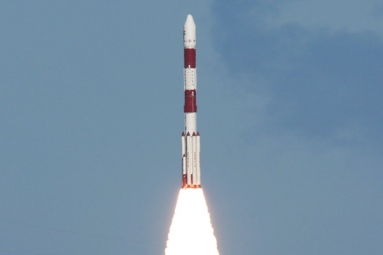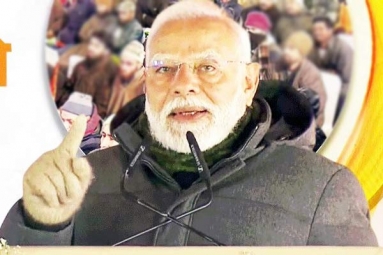
A team of scientists, including one of Indian-origin have developed a new computer driven robotic drill, which can make a type of complex cranial surgery 50 times faster than standard procedures.
The automated robotic drill is similar to those used in machine auto parts that produce fast, clean and safe cuts, reducing the time of the open wound and the patient is anesthetized.
According to the findings, this can decrease the incidence of infection, human error, and surgical cost.
In order to perform complex cranial surgeries, surgeons use hand drills to make intricate openings, adding hours to a procedure. The automated robotic drill reduces the time for bone removal from two hours using a hand drill to 2.5 minutes.
A neurosurgeon at University of Utah in the United States, William Couldwell said: "It was like doing archaeology. We had to slowly take away the bone to avoid sensitive structures."
Indian-origin A K Balaji, who is an associate professor at the University of Utah, said: "I was interested in developing a low-cost drill that could do a lot of the grunt work to reduce surgeon fatigue."
The patient will be first imaged using a CT scan to gather bone data and identify the accurate location of sensitive structure, such as nerves and major veins and arteries that must be avoided.
"The software lets the surgeon choose the optimum path from point A to point B, like Google Maps," said Balaji.
The surgeon can program safety barriers along the cutting path within one millimeter of sensitive structures.
The drill can remove the heavy bone, similar to a mill, accurately and rapidly.
Every year the translabyrinthine surgery is performed thousands of times, to slow-growing, benign tumors that form around the auditory nerves, researchers said.
The cutting part must avoid the several sensitive features like nerves and the venous sinus. Risks of this surgery include loss of facial movement.
The device also has an automatic emergency shut-off switch. During a surgery, the facial nerve is monitored for any signs of irritation.
"If the drill gets too close to the facial nerve and irritation is monitored, the drill automatically turns off," Couldwell said.
NASAs Cassini dives through Saturn’s rings
AMandeep

















